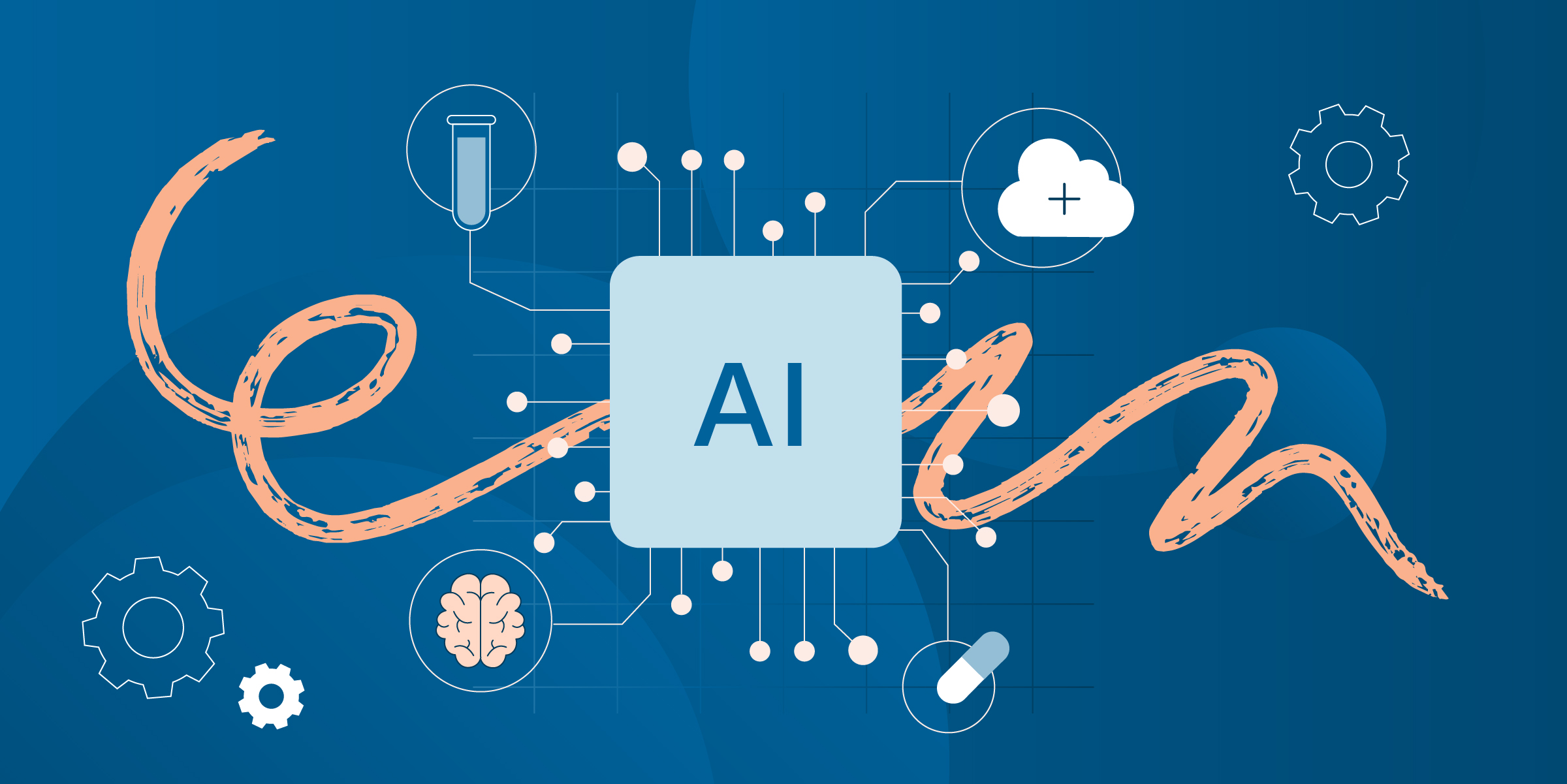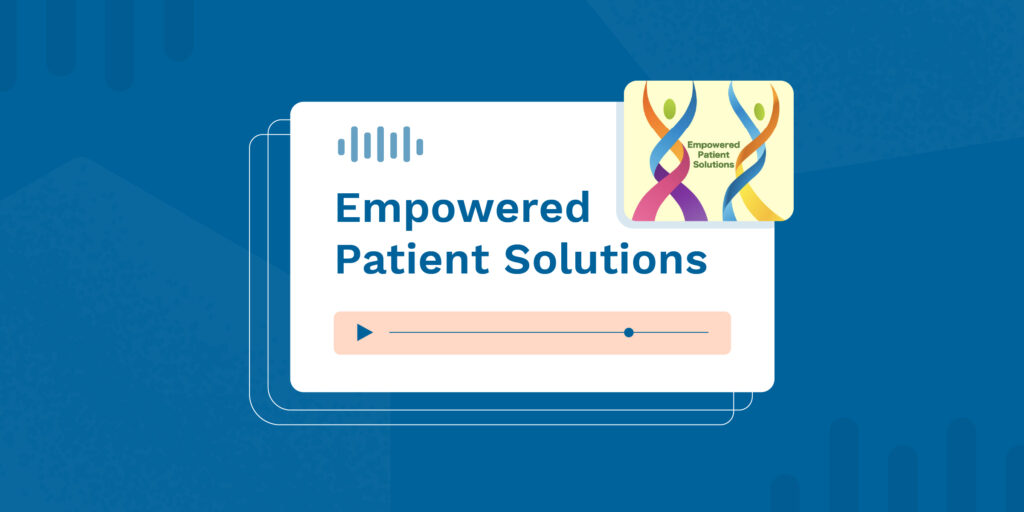From artificial intelligence (AI) to Robot Process Automation (RPA), the latest technological advancements in healthcare can feel like alphabet soup. These innovations are making headlines for revolutionizing patient care, enhancing outcomes, and streamlining operations.
But what should healthcare providers know about emerging technologies and their potential application within their practice? In this article, we’ll review the top three healthcare technologies (AI, RPA, and machine learning), their benefits, limitations, and current use cases.
Artificial Intelligence (AI): Informed Decision-Making and Complex Problem Solving
AI refers to the use of technology by computers and machines to simulate human intelligence and related capabilities, such as problem-solving and decision-making. This technology uses machine learning and deep learning to improve the quality of outputs over time. One of the greatest recent developments in the AI space is Natural Language Processing, which allows the technology to learn and analyze multiple types of data, including images, code, video, and text. The most well-known example of this technology is ChatGPT, but many others are also gaining popularity.
There are several benefits of AI relevant to healthcare, including complex data analysis (especially high-volume, disparate datasets), increased operational efficiency, and the ability to support quality healthcare delivery. AI can help providers make more informed decisions, identify diagnosis and health issues more quickly, and personalize care to patient needs and preferences.
For that reason, AI has become embedded in multiple aspects of healthcare, such as claims processing, assisting with surgeries, and finding links in genetic codes—Google is even using AI to expand access to ultrasounds in areas that lack trained sonographers.
Still, there are limitations and drawbacks to AI that healthcare providers should know. One of the most notable concerns is data and patient privacy. Healthcare providers and staff should take special care to make sure the use of AI does not violate HIPAA or involve PHI. AI also requires human oversight to avoid biases and discrimination.
Robotic Process Automation (RPA): Automating Tedious, Time-Consuming Tasks
RPA is a type of business process automation that employs software robots (“bots”). It automates manual tasks and optimizes predefined workflows. It is often used for tedious, high-volume tasks. One of the benefits of RPA is that it requires no human intervention. Instead, the bots can be programmed to deploy and launch the relevant application. It differs from AI in that RPA does not mimic human intelligence or develop its own logic.
RPA is used in healthcare to help manage administrative tasks and operations, freeing up providers and staff to focus on more complex and patient-focused work. Its benefits can include increased productivity, error reduction, cost savings, and reduced burnout, but RPA does have some disadvantages to note. First, it can be quite costly, so it is likely only worthwhile for the most resource-intensive tasks. Second, it functions best with rote, manual processes, so it’s important to make sure it is not applied in settings that benefit from human intelligence and decision-making.
Machine Learning (ML): Moving AI Forward
Machine Learning (ML) is a subset of AI and computer science best used for identifying patterns in data. ML is predominantly what enables AI to improve its outputs and learn like a human without being explicitly programmed to do so. ML developments, especially Natural Language Processing, are responsible for many of the recent advancements in AI as seen in popular tools like ChatGPT and DALL-E.
ML is used in healthcare to analyze patterns and uncover anomalies in data to assist in diagnosis, develop medical devices, and support providers in decision-making around treatment as well as care plans. PathAI, a laboratory services company, uses machine learning to more effectively and accurately make diagnoses, improving patient outcomes.
One of the caveats to be aware of with machine learning is that the output is greatly dependent on the input. The quality of the data the ML algorithm is trained upon will significantly affect its performance. Poor quality or low quantity data can have biased and/or inaccurate output. It also requires massive datasets to train upon, which may not always be available.






